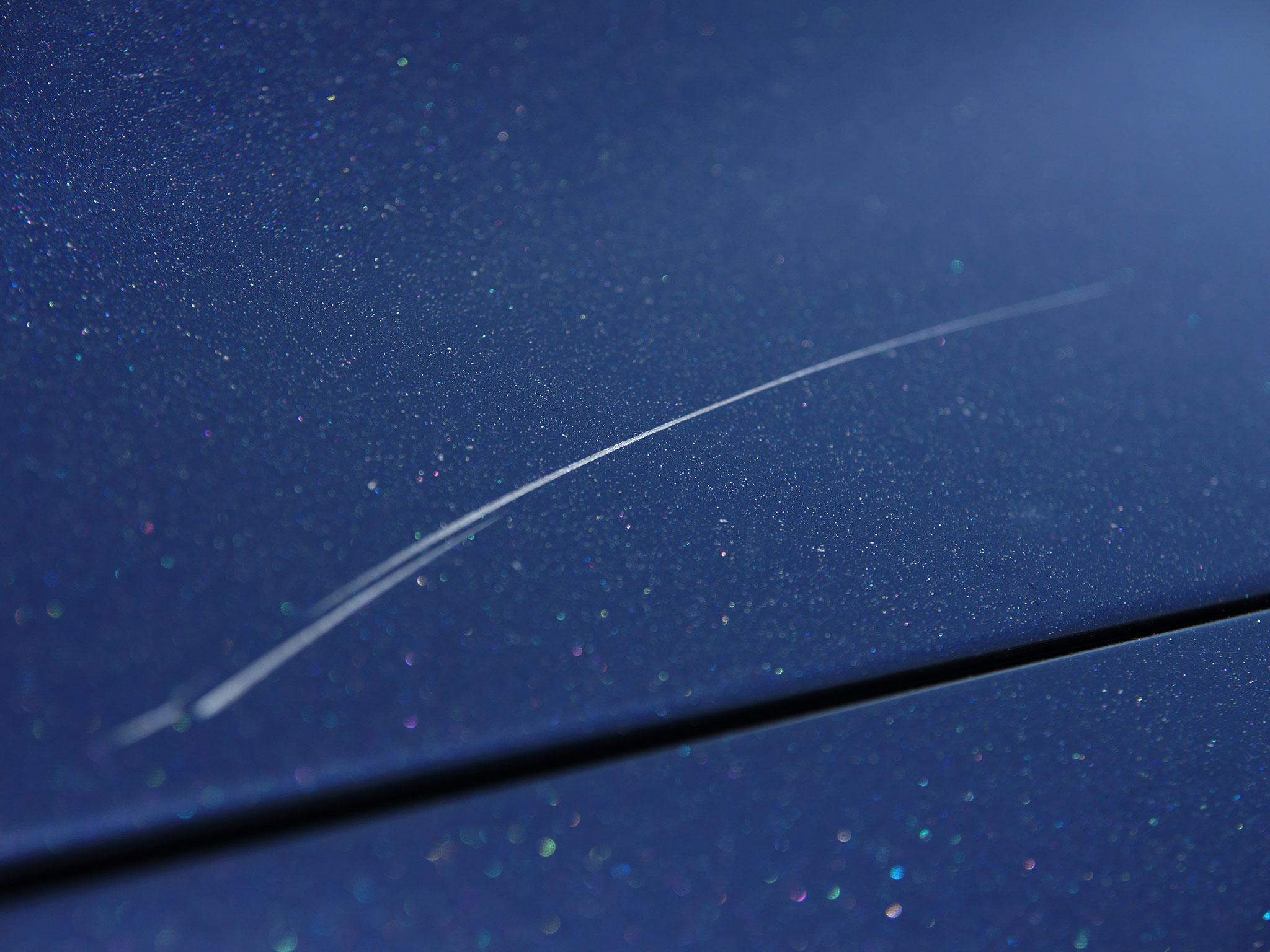Light Scratches
Light Scratches.
Visible scratches that you can not feel
with a finger nail.

Light Scratches can be caused by a fingernail scratch, sticks, zippers, or anything that may lightly scratch your clear coat surface. These scratches do not go deep and can not be felt with your fingernail when dragged across.
A gre at way to correct these scratches is to use a machine and compound to polish the clear.
Simply use a combination of compound and pads from the links below.
| Machine | Compounds | pads |
|---|---|---|
Coarse
|
Cutting Pads
|
|
DA Polisher
|
||
| Below are some great combinations | ||

Method:
Always Wash the car and use a clay product to remove any contamination from the paint surface.
Use some masking tape and mask off a section of the car you need to correct.
Start with a fine pad and a fine compound.
Apply a small amount of compound to the pad and work it in on low speed for 10 seconds.
Continue to polish the area left and right up and down overlapping 50% each time.
Do this 3 to 4 times. Count that as one pass.
Wipe the panel and inspect the correction.
Most of the time you will need to move to step 2 and 3 stage polishing.
This would include polishing with a Medium Compound and pad then finishing with a fine compound and pad.
Its a good idea to use masking tape to tape any rubber or moulds.
Using your test results continue to polish the rest of the damage.
Once the paint is corrected finish with a fine pad.
Its a good idea to use masking tape to tape any rubber or moulds.
Using your test results continue to polish the rest of the damage.
Once the paint is corrected finish with a fine pad.
Clean the paint surface with Eraser and apply a sealant or ceramic coating.
The hardness of your clear coat can influence the pads and compounds you choose.
This can be important as if you have a very soft or sticky clear coat, you may be adding scratches to the job rather then removing them.
Soft and sticky clear coat is normally found on cars like Mazda's or Range Rover.
Hard clear coat can be found on European Cars like VW or Mercedes.



